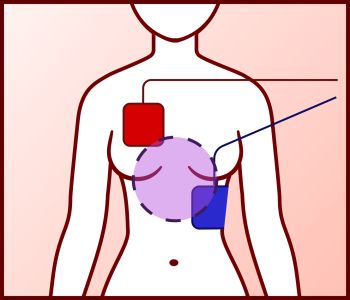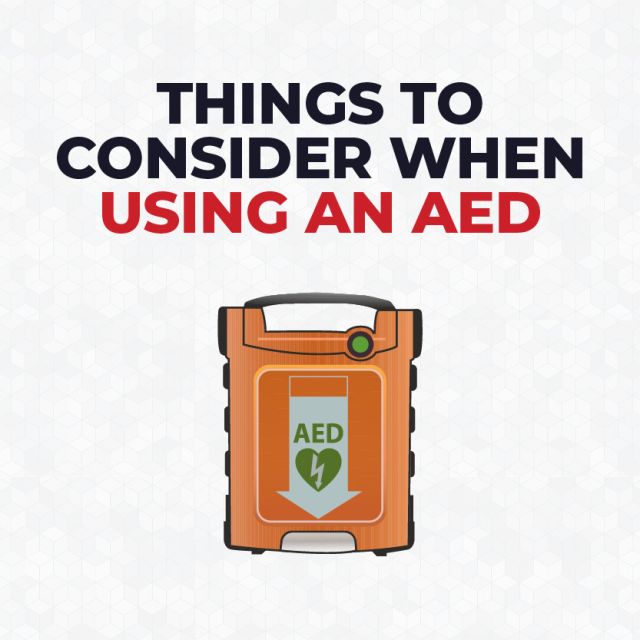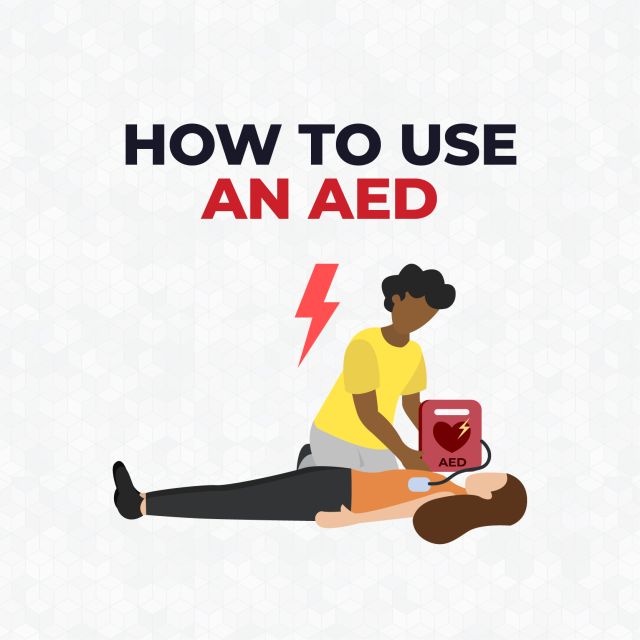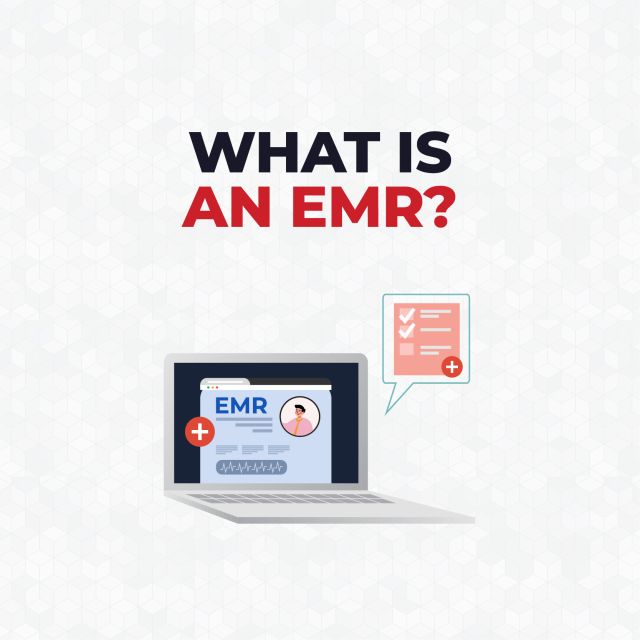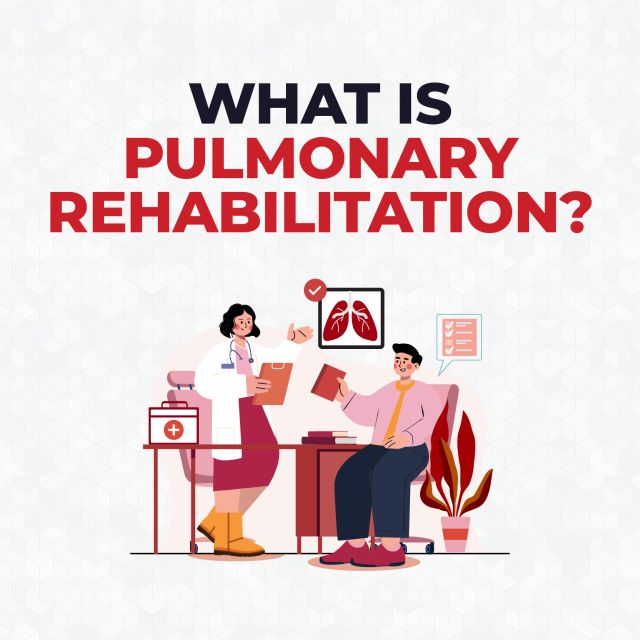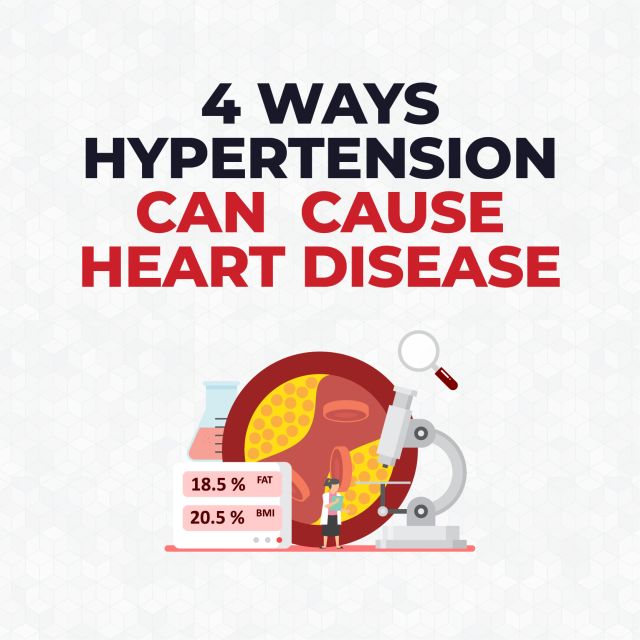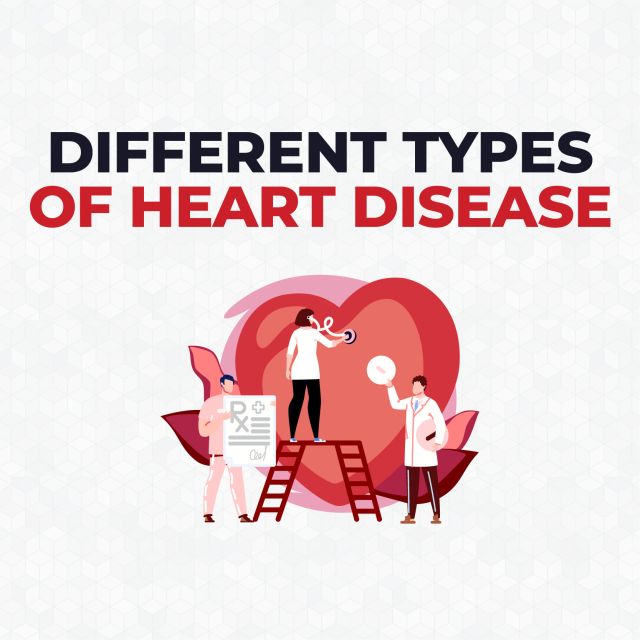How to Use an AED
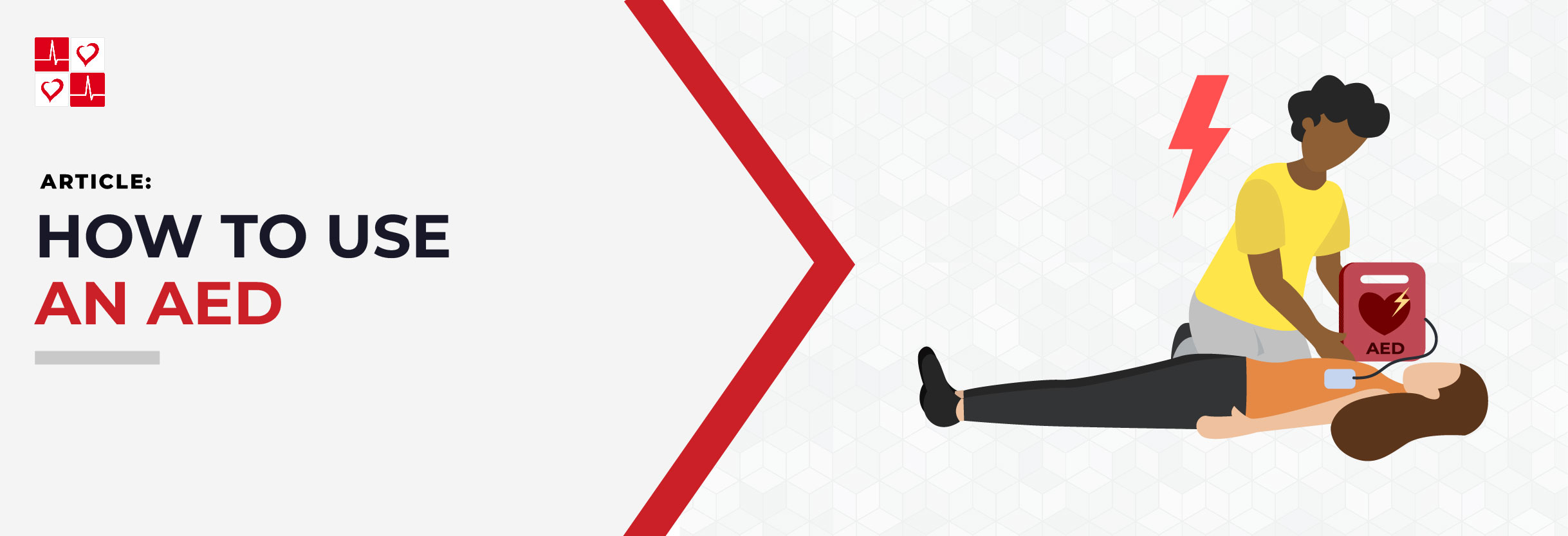
What is an AED?
An Automatic External Defibrillator, or AED, is a portable medical device that analyzes the heart’s rhythm and delivers an electric shock to the heart for victims of Sudden Cardiac Arrest.
AED’s are a safe, effective and easy to use method of rapid defibrillation. Since AED’s often found in public, bystanders can grab a defibrillator nearby and use it to save someone’s life. When used in the first 3 minutes of SCA, survival rates are over 70%.
Before You Use The AED
Before you deliver defibrillation to an SCA victim, call emergency medical services and begin chest compressions immediately.
CALL 911
Call 9-1-1 and retrieve the AED, or have someone else bring you an AED.
Start CPR
Immediate CPR can help circulate blood and oxygen to the brain, heart and other vital organs. Perform rapid chest compressions until AED is ready and activated.
How to Use an AED
If an automated external defibrillator is available, ask a bystander to retrieve it. Remember, an AED cannot hurt the person, it can only help.
1. Turn on AED and Follow the Voice Prompts
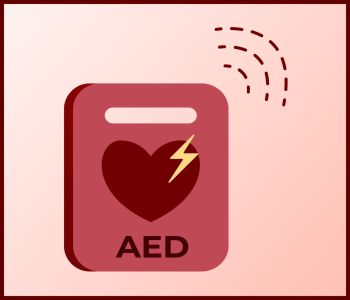
2. Remove Victim's Clothing to Expose Chest Area
Ensure that patient’s chest is bare and dry. Use a gauze pads to wipe any excess moisture where the pads will be placed.

3. Attach AED Pads
Peel off the backing of each pad. Place one pad on the upper right side of the chest. Place the other pad on the lower left side of the chest.
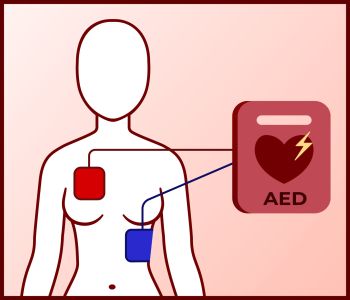
4. Let the AED Analyze the Heart's Rhythm
At this stage, wait until the AED has completed its analysis. Do not touch the victim when the AED is analyzing the heart rate.
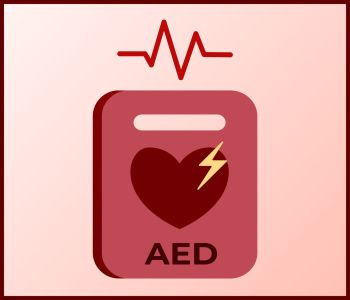
5. If Shock is Advised, Stand Clear and Press "Shock"
The AED may also determine that a shock is not needed. In that case, skip to Step 6.
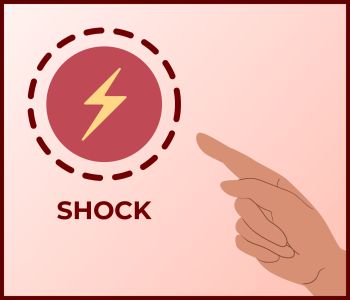
6. Start CPR, and repeat
After the AED delivers the shock, resume chest compressions for 2 minutes at a rate of 100 per minute. Repeat until patient gains consciousness or until medical services arrive.
